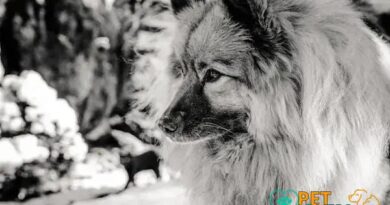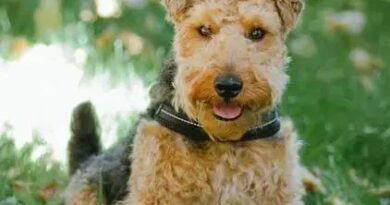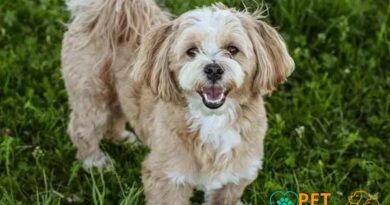Curiosities about the Otterhound: Discover Fascinating Facts
Curiosities about the Otterhound reveal an intriguing dog breed with a rich history and unique characteristics. Originating in Britain, Otterhounds were initially bred for hunting otters. Their undeniable charm, combined with their webbed feet, makes them excellent swimmers. Dive deeper into the fascinating world of Otterhounds as we explore their history, traits, and essential care tips.
History and Origin of the Otterhound
The Beginnings of the Otterhound
The Otterhound has a fascinating history that traces back to medieval England. Originally bred for hunting otters, these dogs helped control the otter population, which was a threat to the fishing industry. The breed’s roots include the Bloodhound and various terriers, giving the Otterhound its distinctive scenting abilities and robust physique.
Role in Society
Throughout the centuries, the Otterhound was a prized working dog among the nobility and common folk alike. Their endurance and strength made them invaluable in the hunt, and they quickly became known for their tenacity and loyalty. Despite their primary role as hunters, Otterhounds were also cherished as companions, known for their friendly and sociable nature.
Historical Challenges
The breed faced many challenges over the years, including declining otter populations and changing societal needs. By the early 20th century, the demand for Otterhounds had drastically decreased. However, dedicated breeders worked to preserve the breed, ensuring that these unique dogs did not vanish into obscurity. Today, the Otterhound is a rare but beloved breed, cherished for its rich history and distinctive qualities.
The Otterhound’s journey through history showcases its resilience and adaptability, making it an enduring symbol of the deep bond between humans and dogs. Their contribution to hunting and their evolution as cherished pets highlight the breed’s multi-faceted importance.
Unique Traits and Characteristics
The Otterhound is distinguished by its unique blend of traits. This breed has a dense and water-resistant double coat that protects it during long swims. Their coat is both shaggy and oily, helping them stay buoyant and insulate against cold water. Otterhounds come in a variety of colors, including grizzle, wheaten, and liver.
Otterhounds possess large, webbed feet that make them excellent swimmers. Their nose is their most remarkable feature; they are among the best scent hounds, able to track scents that are days old over great distances. Additionally, Otterhounds are known for their sonorous bark, which they use to communicate with their handlers during hunts.
Friendly and outgoing, Otterhounds generally get along well with children and other pets. They are also known for their high energy levels and love for outdoor activities. Despite their size, they tend to be gentle and affectionate with their family members.
Care and Maintenance
The care and maintenance of an Otterhound is an essential aspect of ensuring their overall health and well-being. They have a dense double coat that requires regular grooming to prevent matting and to keep their fur clean. Brush their coat at least two to three times a week to remove loose hair and dirt.
Bathing should be done as needed, but not too frequently, as it can strip the natural oils from their skin. Use a dog shampoo formulated for their fur type. Pay special attention to their ears, which are prone to infections due to their droopy nature. Clean them weekly with a vet-recommended ear cleaner.
Exercise is critical for Otterhounds. They are an active breed that requires daily physical activity to maintain their mental and physical health. Long walks, swimming sessions, and playtime in a secured yard can help meet their exercise needs. Mental stimulation is equally important; engage them in fun activities like puzzle toys or scent games.
Regular veterinary check-ups are crucial for early detection of potential health issues. Ensure their diet is balanced and appropriate for their age, weight, and activity level. High-quality dog food, either commercial or home-prepared with a vet’s guidance, is recommended.
Lastly, dental care should not be overlooked. Brush their teeth regularly to prevent dental diseases, and provide dental chews or toys that promote oral health. By following these guidelines, you can help your Otterhound lead a healthy and happy life.




